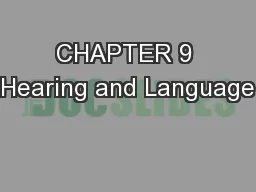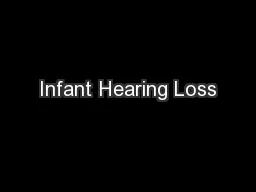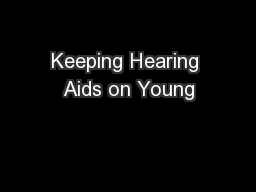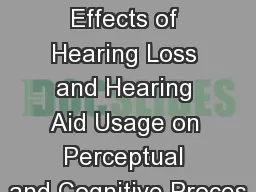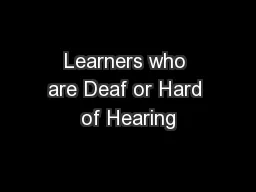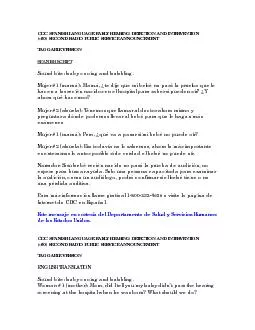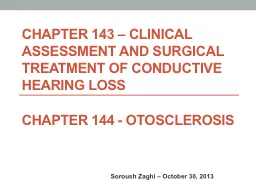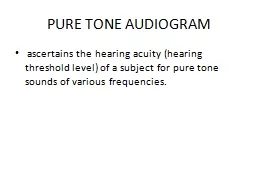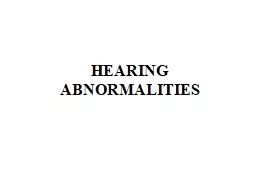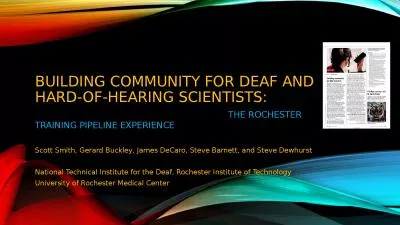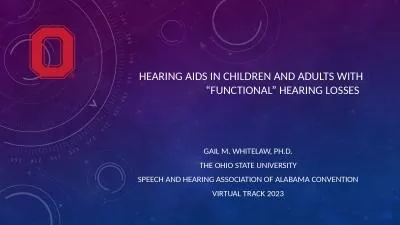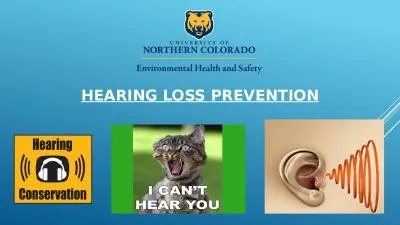PPT-CHAPTER 9 Hearing and Language
Author : pamella-moone | Published Date : 2018-09-22
Hearing loss So Place and Frequency theories both correct At certain frequencies each theory is correct Place theory explains processing of sounds of 20020000 Hz
Presentation Embed Code
Download Presentation
Download Presentation The PPT/PDF document "CHAPTER 9 Hearing and Language" is the property of its rightful owner. Permission is granted to download and print the materials on this website for personal, non-commercial use only, and to display it on your personal computer provided you do not modify the materials and that you retain all copyright notices contained in the materials. By downloading content from our website, you accept the terms of this agreement.
CHAPTER 9 Hearing and Language: Transcript
Download Rules Of Document
"CHAPTER 9 Hearing and Language"The content belongs to its owner. You may download and print it for personal use, without modification, and keep all copyright notices. By downloading, you agree to these terms.
Related Documents

